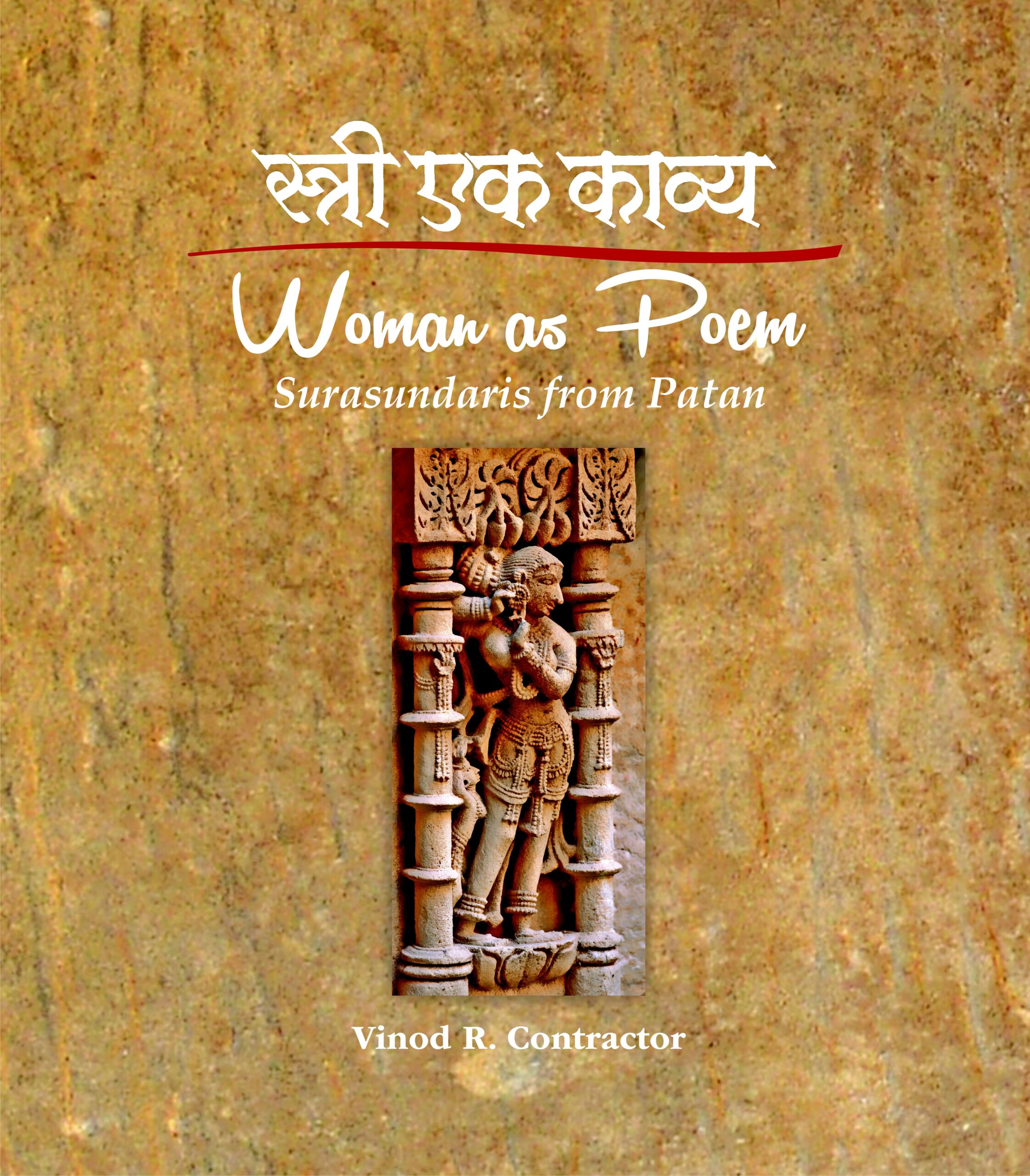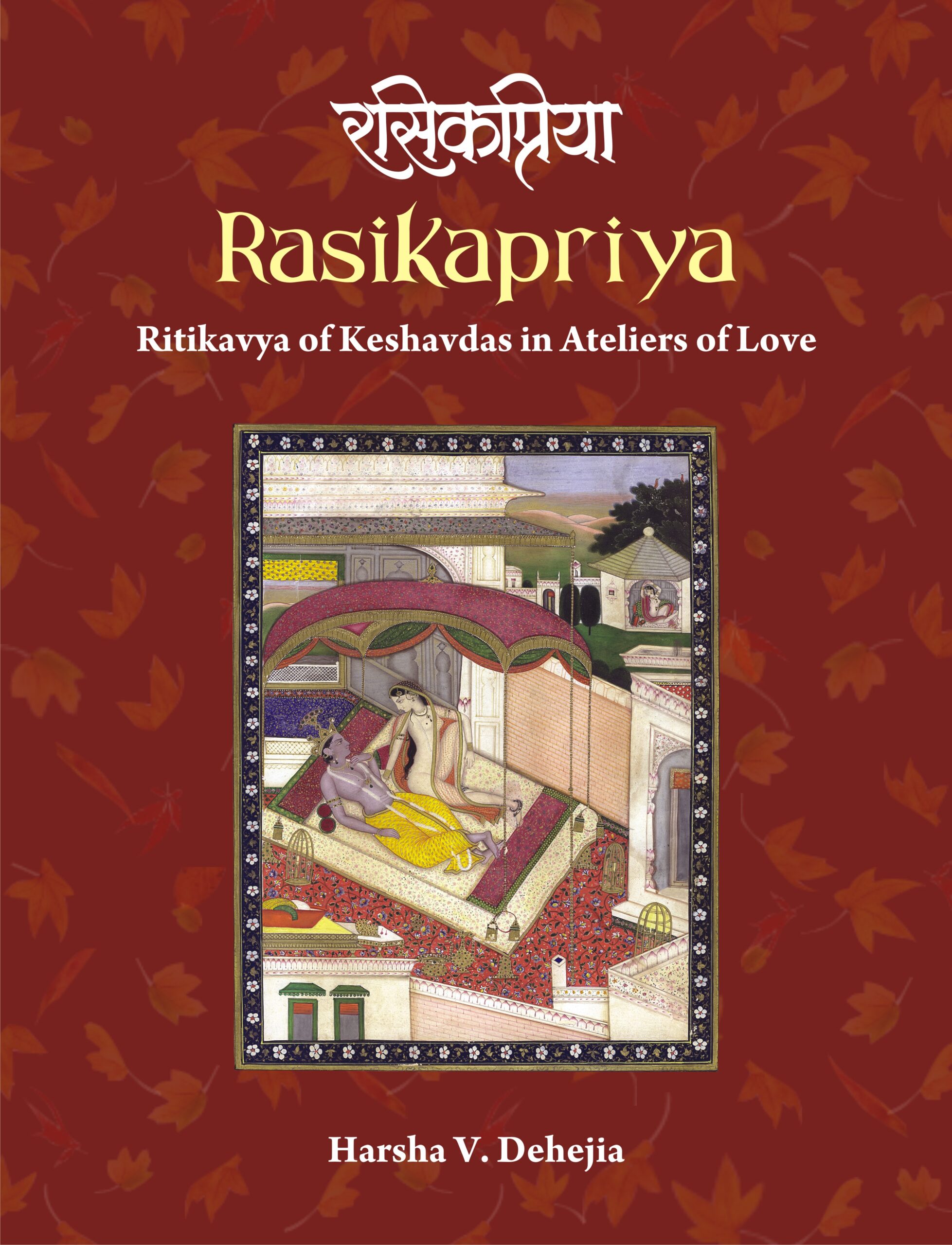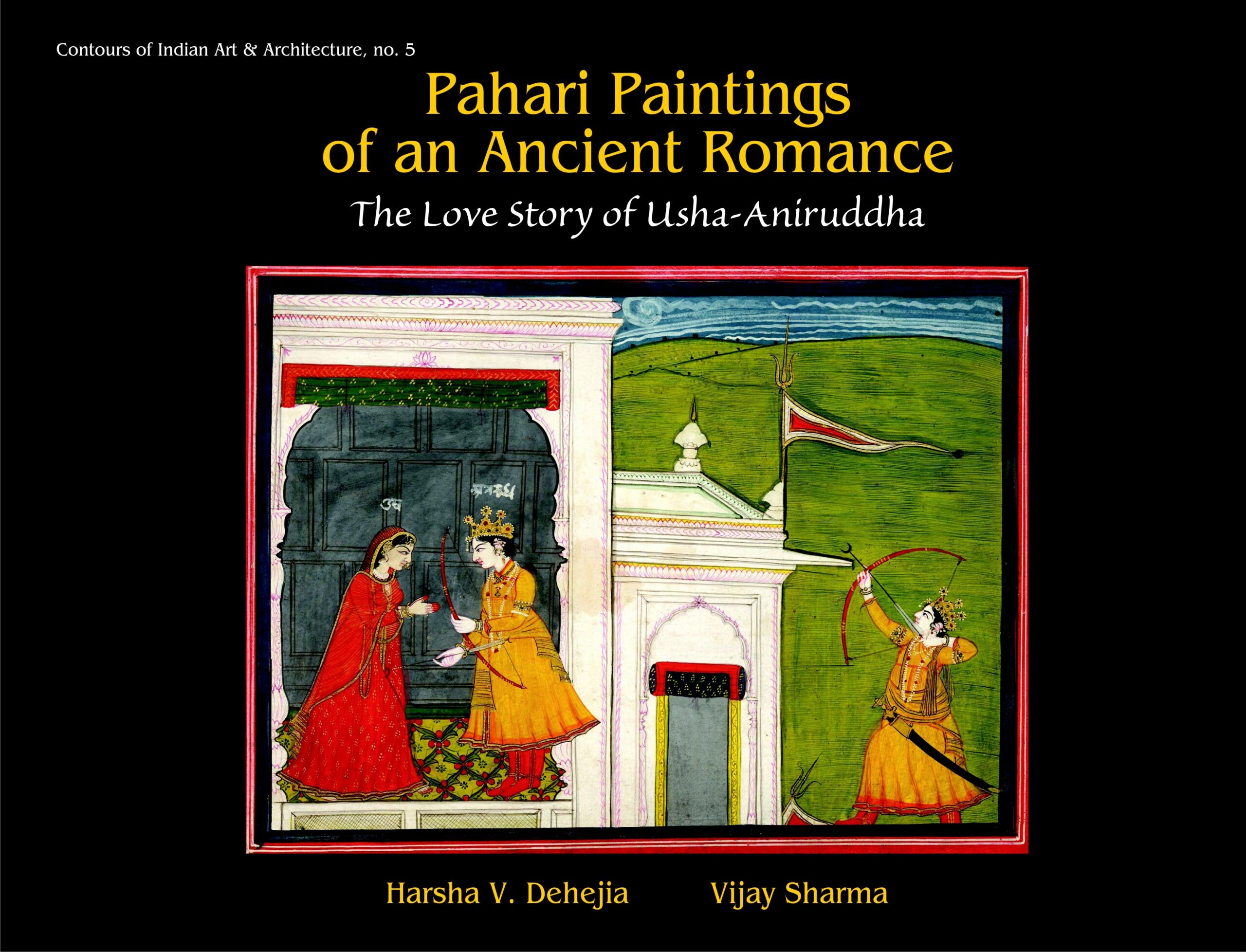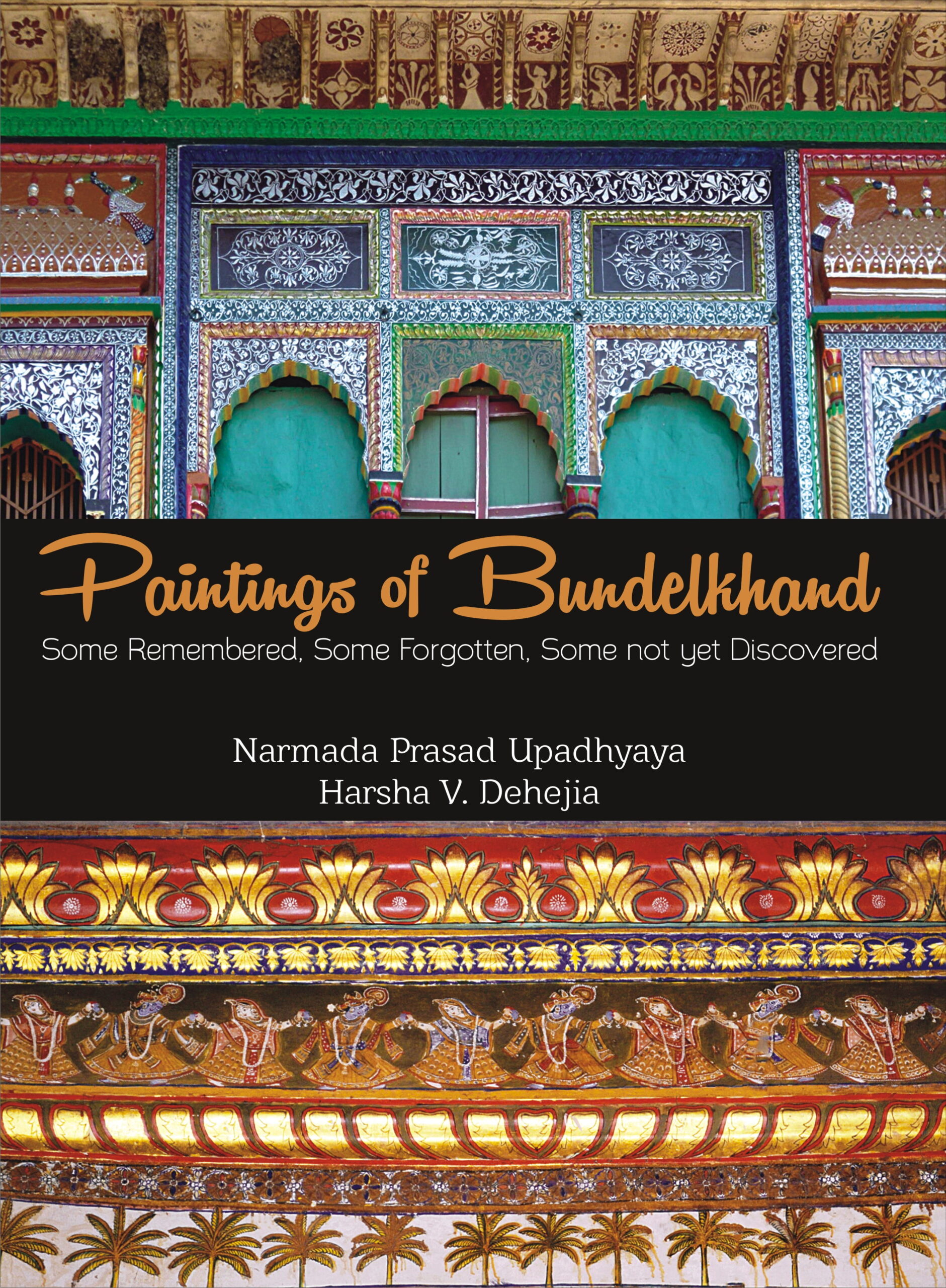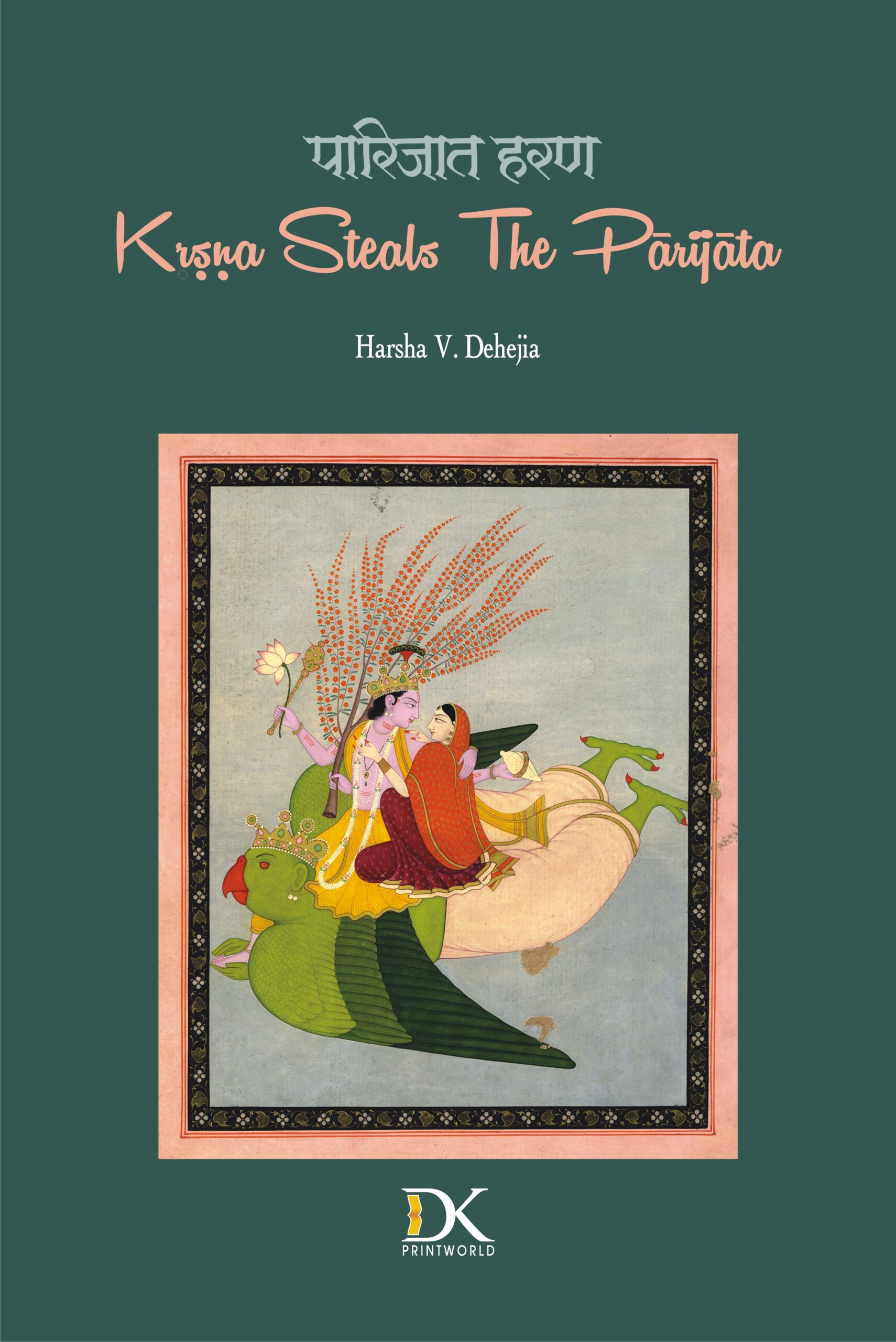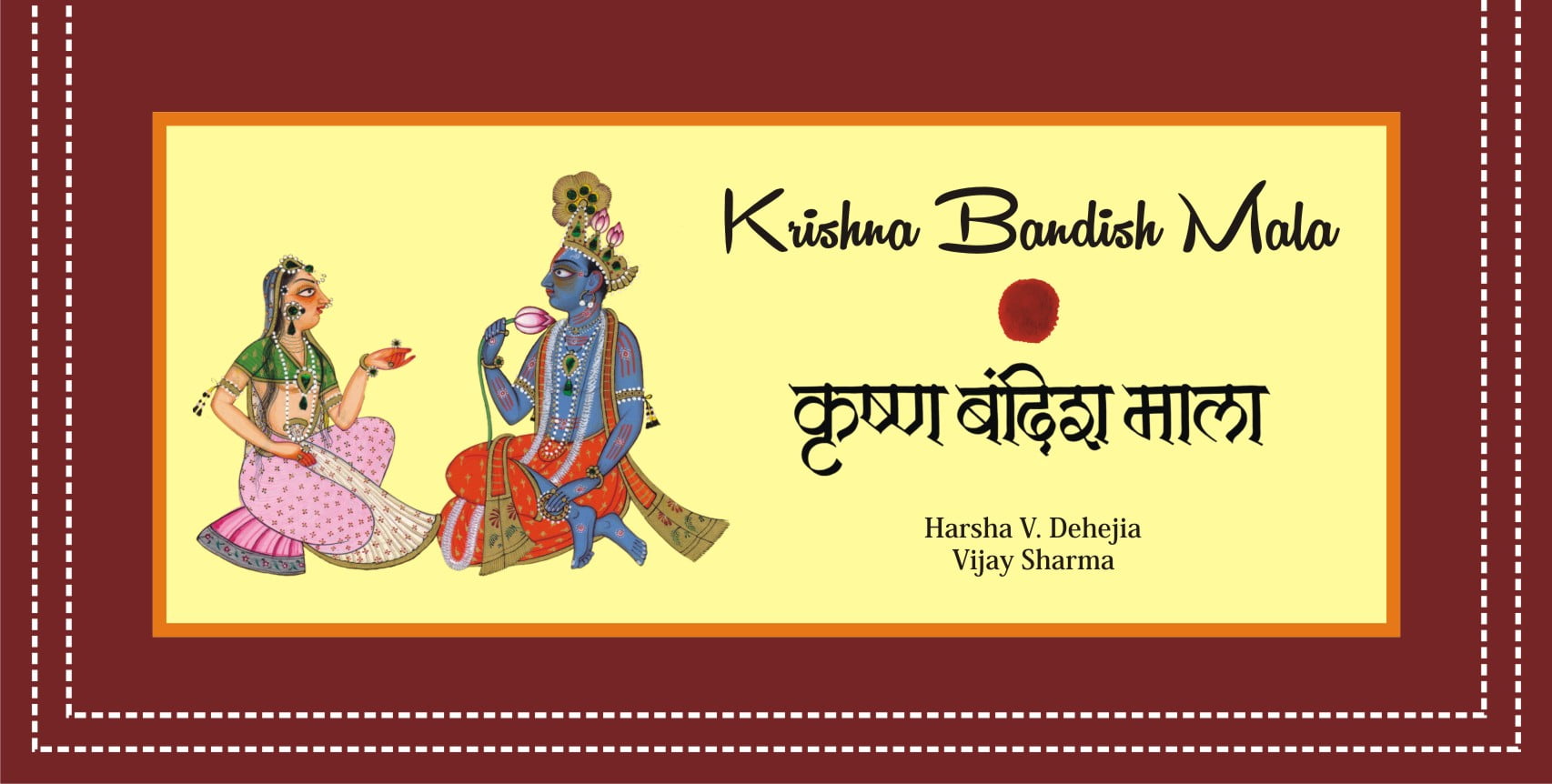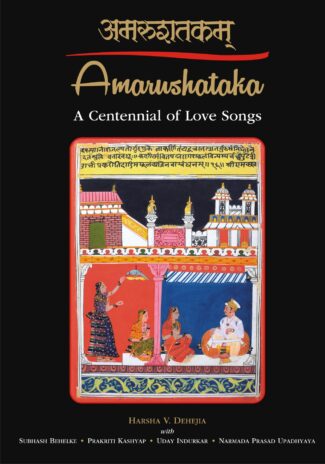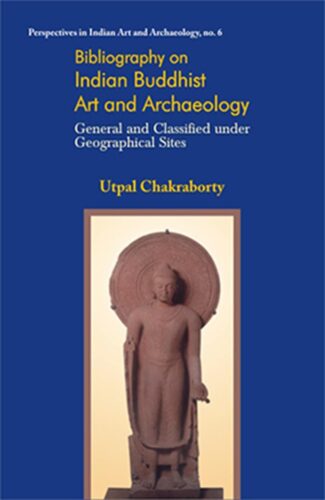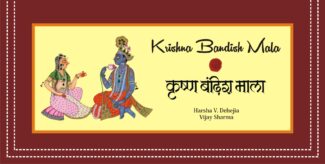

Krishna Bandish Mala...
Krishna Bandish Mala
by: Harsha V. Dehejia , Vijay SharmaKrishna shringara has a unique place in khayal bandishes, where words and music, raga and tala make bandish come alive. The paintings of khayal bandishes (Bandishmala) make one feel reminiscent of the Ragamala paintings. It makes a sahridaya travel to the supreme realms of Krishna shringara, elating him to the experience of poetry, art and bhakti.
₹800.00 Original price was: ₹800.00.₹720.00Current price is: ₹720.00.
ISBN: 9788124608555
Year Of Publication: 2016
Edition: 1st Edition
Pages : 167p.
Language : English
Binding : Hardcover
Publisher: D.K. Printworld Pvt. Ltd.
Size: 23
Weight: 600
Krishna shringara is a perennial legacy from the dasham skandha of the Bhagavata Purana, where the romance of Krishna in terms of his lilas and kridas is presented, to the tracks of Jayadeva, Narsinh Mehta, Vallabhacharya, the ashtachhaap kavis of Haveli Sangeet, Chaitanya, Bengal Vaishnava tradition, and the glorious period of Ritikavya. All these poetic streams flow into the river of khayal tradition, which in turn has significantly influenced the growth of khayal bandishes.
Krishna shringara has a unique place in khayal bandishes, where words and music, raga and tala make the bandishes come alive. The paintings of khayal bandishes (Bandishmala) make one feel reminiscent of Ragamala paintings. Khayal bandish travelled orally across centuries from village to temple and palace to proscenium.
The paintings make a sahridaya travel to the supreme realms of Krishna shringara, which ends in shringara bhakti.

- Sale!Amarushataka by: Harsha V. Dehejia, Subhash Behelke, Prakriti Kashyap, Uday Indurkar, Narmada Prasad Upadhyaya,
₹3,500.00Original price was: ₹3,500.00.₹3,150.00Current price is: ₹3,150.00.Amarushataka is considered to be one of the finest poetic creations in Sanskrit in ancient India and is a watershed development in the genre of Shringara Rasa. We do not know who the poet Amaru was, but a number of legends abound and it is believed that he lived in the seventh century. In Amarus poetic gems love is not measured but experienced, it is not evaluated socially but felt in the deepest recesses of the mind and heart. He paints the varied moods and nuances of love with words that evoke vivid colours and rhythms that are sonorous with music. Amarushataka basks in a sunlit space, fragrant with the aroma of love, brilliant with the hues of a throbbing heart and within the minute compass of the few lines of a verse we are privy to a whole universe of romance. Amarus lovers inhabit a non-descript space, so that our attention is entirely on them and not on the surroundings. Amarus lovers are driven by desire, devoid of guilt, finding their fulfilment in a passionate embrace or a loving gaze. Using traditional Prakrit romantic idioms Amaru prepares us for the feast both for the eyes and the ears that is to follow, for the muktakas of Amaru create an emotionally charged world, where every nuance of romantic love is explored, where the pangs and pleasures, pathos and poignancy, of amorous dalliances are sensitively portrayed, where neither the restraint of dharma nor the restriction of samsara is allowed to interfere with a glorious celebration of love. Whatever its origins, for 1,300 years this work has retained its reputation in India as one of the foundational collections of poetry. Poets and critics still use its verses as a template against which to consider other poems. Such was the impact of Amarushataka, especially in Malwa of the seventeenth century, that it was transformed into miniature paintings in the evocative Malwa style. The one room chamber with strong monochromatic colours and robust figures marks the painting. The book also traces the history of Malwa painting. An interesting side light of the book is an attempt to demonstrate that the verses of Amaru were also perhaps responsible for amorous sculptures in Khajuraho and other temples. The book is richly illustrated, has the verses of Amaru in Sanskrit and English and is a source book of Shringara Rasa for scholars and students alike.
- Sale!Absence of the Buddha Image in Early Buddhist Art by: Kanoko Tanaka
₹1,500.00Original price was: ₹1,500.00.₹1,350.00Current price is: ₹1,350.00.It is next to impossible today to even think of Buddhism without the presence of the Buddha image! The image of the Buddha, in truth, has not only come to symbolise the essence of Buddhism but is also a brilliant expression of the cultural/artistic achievements of the Buddhists since ancient times. Surprisingly, the Buddha image developed at a later stage of the evolutionary process; after the parinirvana of the Buddha, the Buddhists for a considerable time beheld the Buddha and experienced him in their own minds without taking recourse to the Buddha image itself. In Absence of the Buddha Image in Early Buddhist Art, Dr. Tanaka, a well-versed scholar, has for the first time ever explored the absence of the Buddha image in Buddhist art particularly in the period from third century bc to late first century ad in order to rediscover the significance of this phenomenon. Dr. Tanaka observes Bharhut and Sanchi sculptures to point out the most essential motifs and elements of stupa-art design the visible facts pertaining to the absence of the Buddha image. The author studies the religious, philosophical, artistic and political significance of the visible facts, highlighting the concept of the empty throne as the motif representative of that absence. She applies the empty throne concept to the sanctuaries of monotheistic religions, and thus undertakes a comparative study of Buddhism and other religions, particularly, Zoroastrianism, Judaism, Christianity, Islam and Sikhism to suggest that present-day discussions on the linkage between religions can centre on this theme. The dexterous handling of the topic combined with the authors use of first-hand research material makes this an erudite study. The directness in the authors approach and the unwavering eye on the theme sustains the interest throughout. An abundance of visual material, i.e., drawings and photographs, and tables immensely aid in analysis of the visible facts. This intense work on a rich theme offers well-researched and interesting material that will be useful to scholars of religious studies, fine arts and even philosophy.
- Sale!Rated 5.00 out of 5The Yoga of Netra Tantra by: Bettina Sharada Bäumer, Shivam Srivastava (Editor),
₹1,700.00Original price was: ₹1,700.00.₹1,530.00Current price is: ₹1,530.00.The Netra Tantra “Tantra of the (Third) Eye (of Siva)”, also called Mrtyujit (Conqueror of Death), is one of the fundamental scriptures of non-dualist Kashmir Saivism or Trika. It is the only Tantra having the Third Eye of Siva as title and theme, and it contains three important chapters on Yoga, relating to three ways of overcoming death.
This book, besides giving an introduction to the Tantra, contains an interpretation of the three chapters; Chapter 1 deals with the Eye of Siva, Chapter 7 with subtle Yoga, and Chapter 8 with supreme Yoga. The same texts are presented in Devanagari, transliteration and translation, including the eleventh-century commentary of Ksemaraja, illustrious disciple of Abhinavagupta. The Appendix contains illustrations of the theme of trinetra from different sources, mainly connected with Kashmir, as well as a comparative study on “The spiritual eye in the Christian mystical traditions”.
This book is an important contribution to the studies on non-dualist Saivism or Trika, and especially to its Yoga. - Sale!Bibliography on Indian Buddhist Art and Archaeology by: Utpal Chakraborty
₹1,900.00Original price was: ₹1,900.00.₹1,710.00Current price is: ₹1,710.00.The bibliography includes 4081 entries, covering published materials in English and French languages over the last two centuries. It is divided into two parts. The first part contains 2410 entries dealing with Indian Buddhist art and archaeology and Indian art in general, history, religion, some Buddhist sites outside present India with special attention given to Pakistan , etc. Entries in the second part are exclusively devoted to Indian Buddhist sites. There are 57 sites; each one is individually studied. The book gives a representative overview of what has been researched and accomplished in the field of Indian Buddhist Art and Archaeology since Wilkins’s article on Bodh-Gaya in 1788 or Thomas Daniel’s first illustration on the Kanheri caves in 1798.
- Sale!Birds and Animals in Mughal Miniature Paintings by: Zaheda Khanam
₹1,600.00Original price was: ₹1,600.00.₹1,440.00Current price is: ₹1,440.00.The depiction of flora and fauna has been an intrinsic part of Indian painting traditions. The Mughals in their turn, in their fascinating paintings, used the bird and animal imagery to lend a special quality to their art of painting. This book, with over 70 illustrations, is a survey of the birds and animals used in Mughal paintings, especially during the reigns of Emperors Akbar and Jahangir. With historical details, it shows that the depiction of various kinds of birds and animals played a significant role in conformity with the context or the demands of the narratives. The artists painted both wild and domestic animals with equal competence. Outlining the differences in the paintings under the Mughal rulers themselves with regard to depiction of fauna, it notes that while Akbar was interested in historical, mythological or anecdotal events, Jahangir introduced album paintings and evinced interest in individual portrait studies of fauna. In all, it showcases the meticulous depiction of fauna in Mughal art and its persevering beauty. It mentions the names of a host of artists who executed the paintings and the many illustrated manuscripts mythological, historical and on popular fables that saw lavish use of paintings with faunal imagery. The book will interest historians especially those studying art history of the medieval period.




